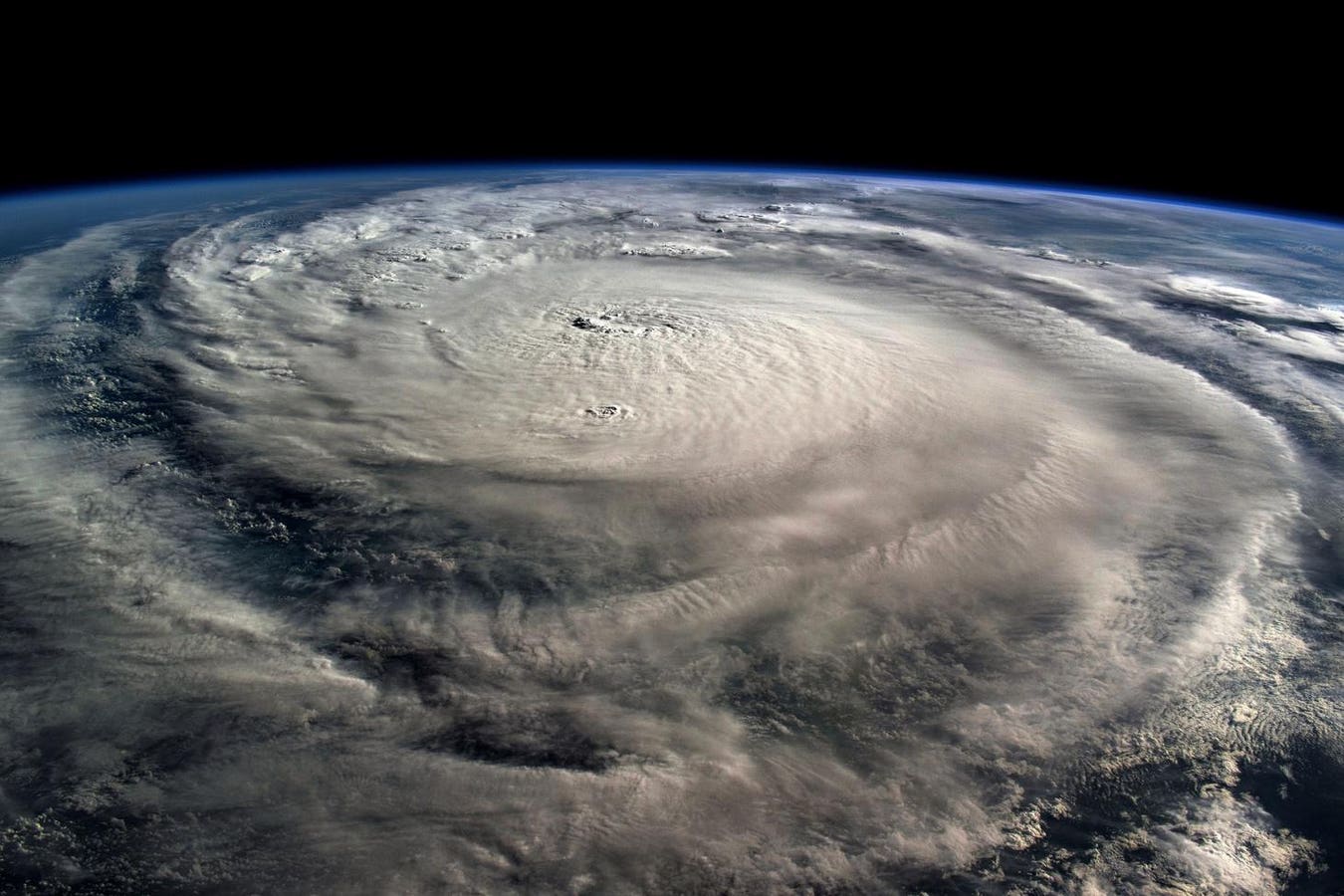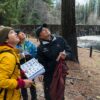
Even before Hurricane Helene made landfall earlier this month, there were repeated claims on social media that the storms were being made stronger, and even went so far as to suggest that the government could even control the weather. Just last week, a post on X—the social media platform formerly known as Twitter, suggested Hurricane Milton was being “modified and manipulated.”
Users on social media pointed to “cloud seeding,” which is a type of weather modification that can be employed to improve a cloud’s ability to produce rain or even snow. It has been used since the 1940s, but according to the National Oceanic and Atmospheric Administration, cloud seeding efforts proved ineffective compared to a hurricane.
Sowing The Seeds Of Confusion
As cloud seeding does exist, even to a limited degree and with limited success, it has proven to be enough fact or proof for some people to believe that weather can be controlled on a larger scale, and that has continued to make the rounds on social media. The irony is that many of the same users likely dismissed the notion that this summer’s record heat wave was the result of climate change.
“There are those who don’t want to admit climate change is real, but they need a cause for these extreme weather events, thus their opponents are manipulating the weather even though, currently, there is no reliable mechanism to do that,” suggested technology industry analyst Rob Enderle of the Enderle Group.
Though tech billionaire Bill Gates is among those who have proposed methods that would work in the Gulf Of Mexico, the cost, size, and scale of the effort, particularly given it was just a theory, would have been beyond what most countries, let alone companies could afford. It would also require changing the temperature of the water to stop the mechanism that created the winds.
“Obviously if you could counter hurricanes, you could create them as well, but given the effort was designed to eliminate not create, directing the result remained outside of the theory that founded his concept,” explained Enderle.
Given the severity of the recent storms, the constant threat of drought and the unpredictable nature of weather, attempts to master it are real—and that only adds to the threat of misinformation and even disinformation.
“The need to manage the weather is still great but methods like cloud seeding have proven unreliable though China has been using that method for some time to create rain in times of drought. California did attempt cloud seeking decades ago, and it seemed to work, but the resulting damage and liability had them discontinue that program and it still wasn’t clear if it worked, or if it would have rained anyway at the time it was discontinued.”
Why “Weather Control” Has Found Traction On Social Media
The claims of weather control are just the latest narrative that is making the rounds on social media in part because of our political divide—and it hasn’t taken long for some to suggest the hurricanes have been a form of retribution against so-called “red states,” or that it is an attempt to make it hard for rural voters to get to the polls on Election Day.
That such hurricanes might also impact those in blue counties seems to be lost in the mix.
“There are a few reasons these narratives are spreading currently. Historically, whenever there are significant events that affect thousands or millions of people, a few actors often take the opportunity to spread disinformation about aspects of the event to increase their following, create confusion, or propel specific narratives,” warned Dr. Lance Hunter, professor of international relations and faculty member within the Online Master of Arts in Intelligence and Security Studies Program at Augusta University.
There are many historical examples, but modern technology allows such dubious claims to spread to the masses like never before.
“In the current era, disinformation/misinformation is more common due to social media,” added Hunter. “Social media is an ideal vehicle for spreading disinformation/misinformation because of how quickly the misinformation/misinformation can be disseminated to millions of people around the world with little to no verification of the truthfulness of the information.”
Complex Issues—Ripe For Confusion
Environmental and climate issues can be complex at times, and following a major weather-related event, misinformation is likely to pick up steam. This year it is also politically charged.
“Some individuals conflate truthful scientific information—e.g., regarding cloud seeding which research has shown does not affect storms or hurricanes in any manner—with recent weather events to attempt to create a false narrative that a specific group is controlling the weather for nefarious purposes using certain strategies—e.g., cloud seeding,” said Hunter.
That may be completely false—and has largely been debunked by the mainstream media—yet, individuals will employ the complexity of the issue, and at times limited public knowledge on the issue, to conflate information falsely and misleadingly. Hunter also suggested that disinformation is likely more prevalent now given that a presidential election is less than a month away.
“Disinformation/misinformation tends to increase leading up to elections, especially presidential elections,” he acknowledged. “Thus, the combination of extreme weather events, an upcoming election, and the prevalence of social media leads to conditions where disinformation is created by actors who purposefully combine environmental and political disinformation to propel specific narratives. Some individuals then see the disinformation online, unknowingly believe it, and share it leading to an online loop of disinformation/misinformation.”






